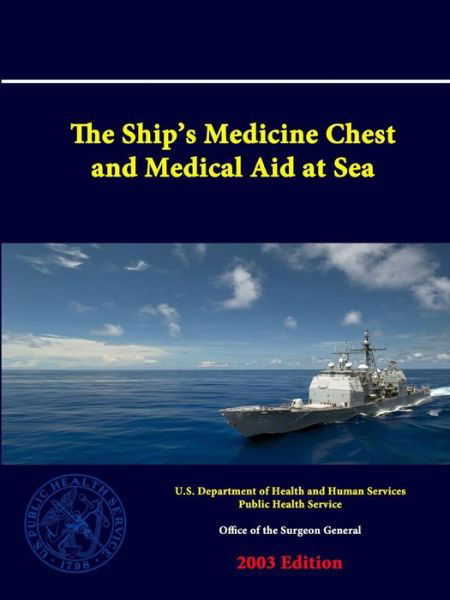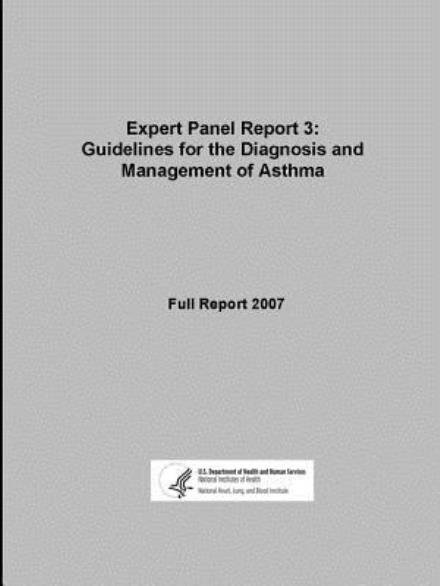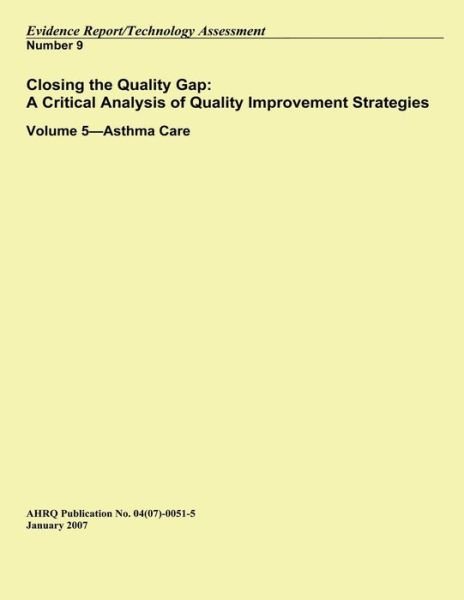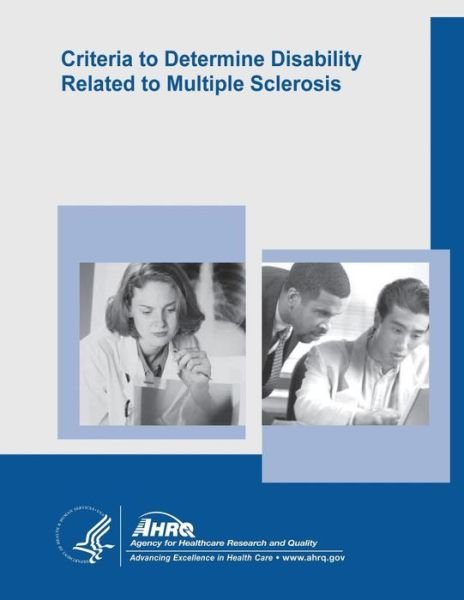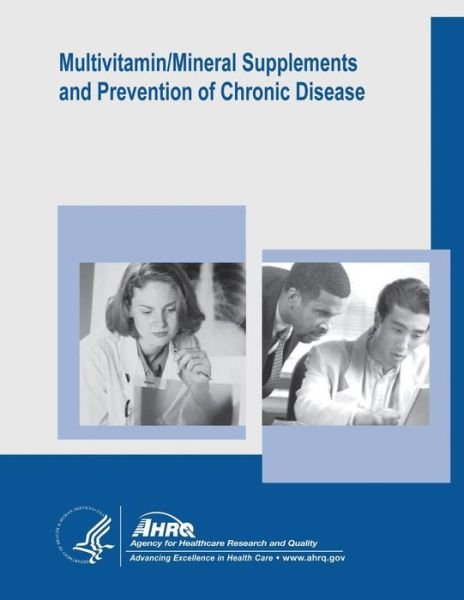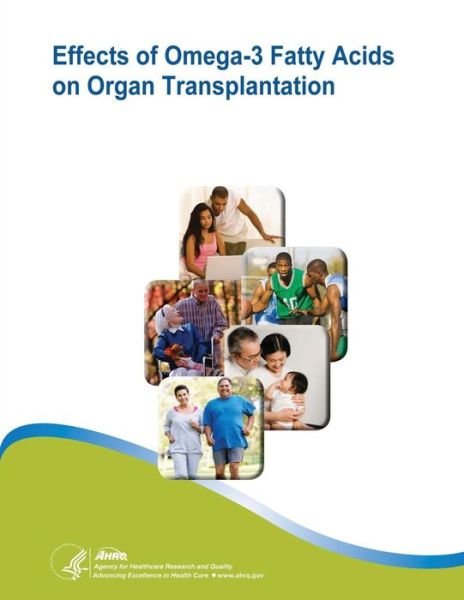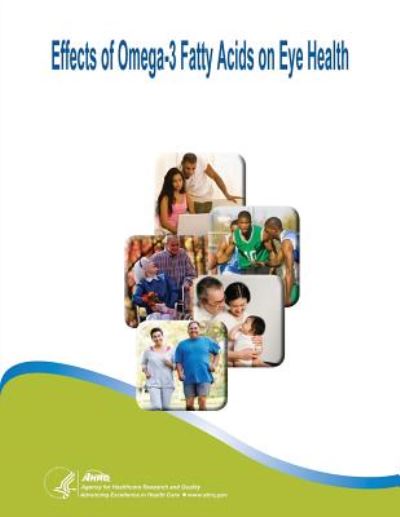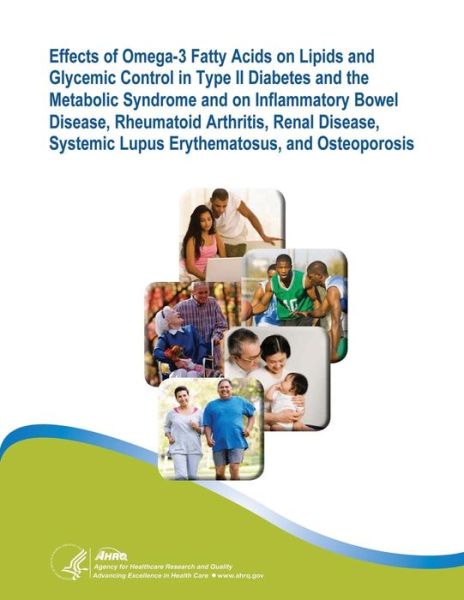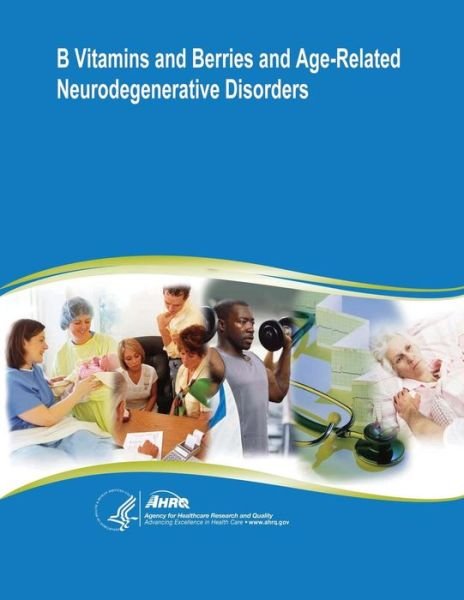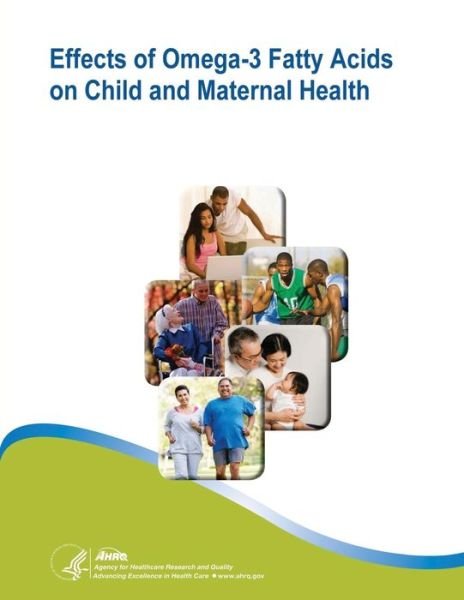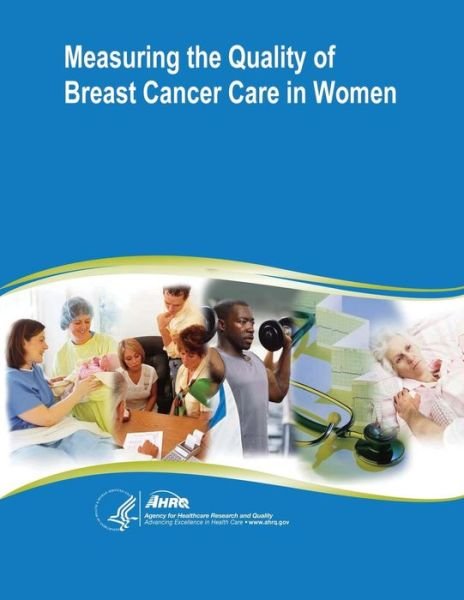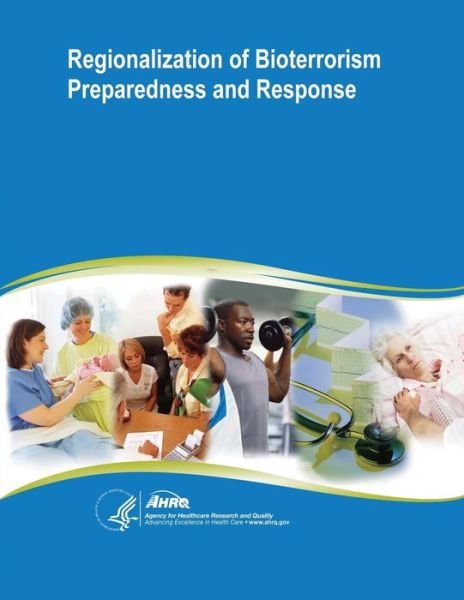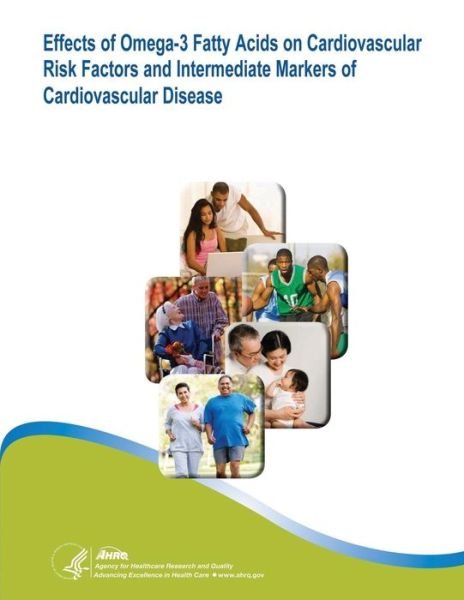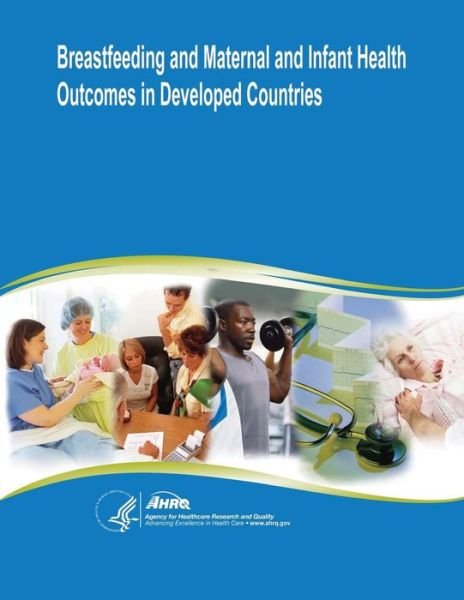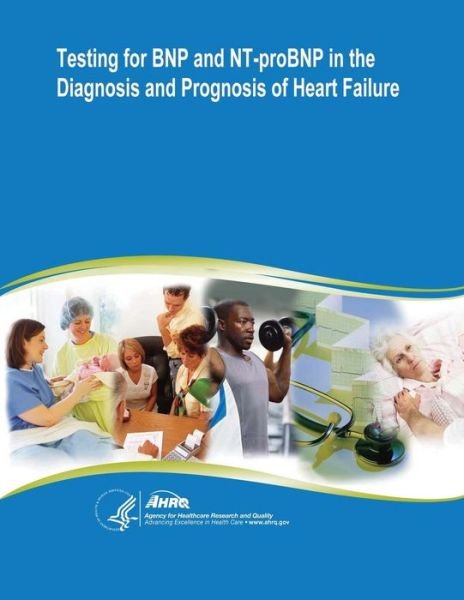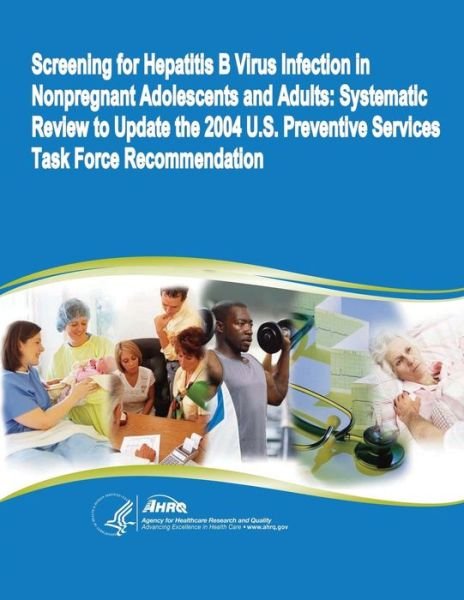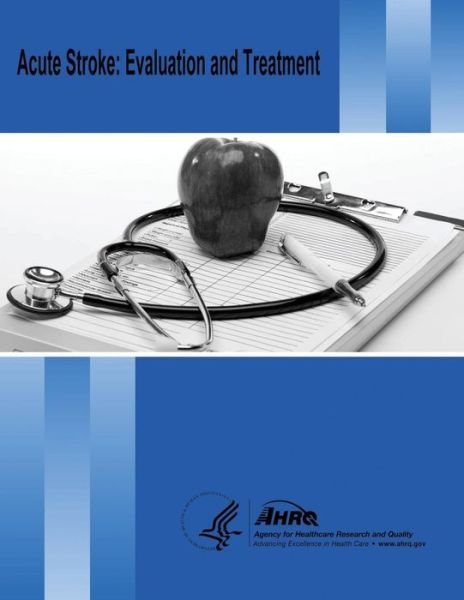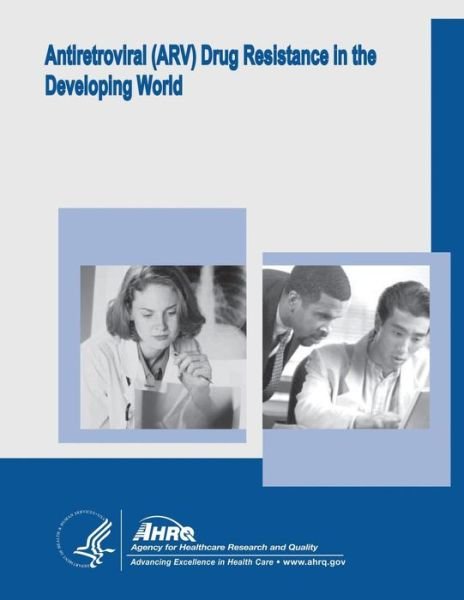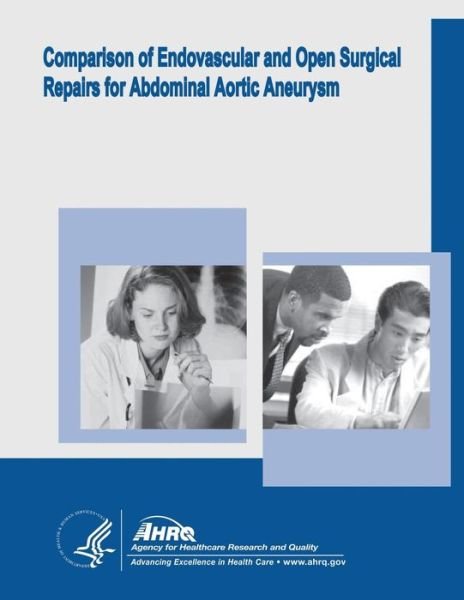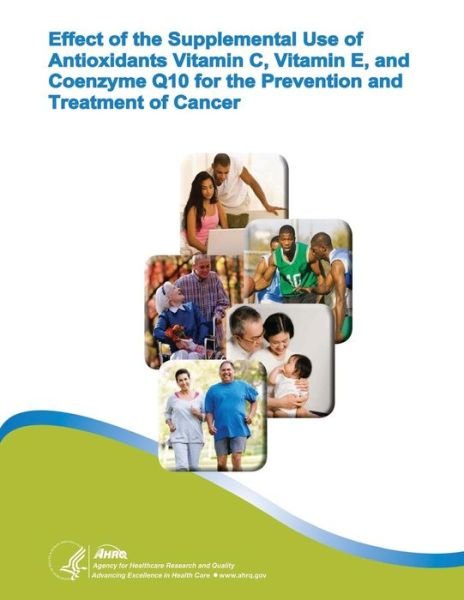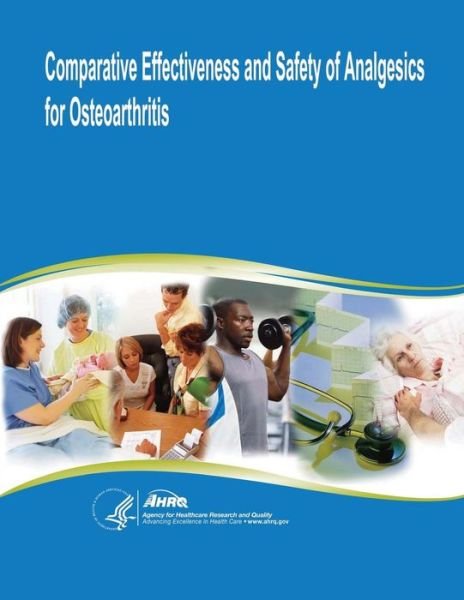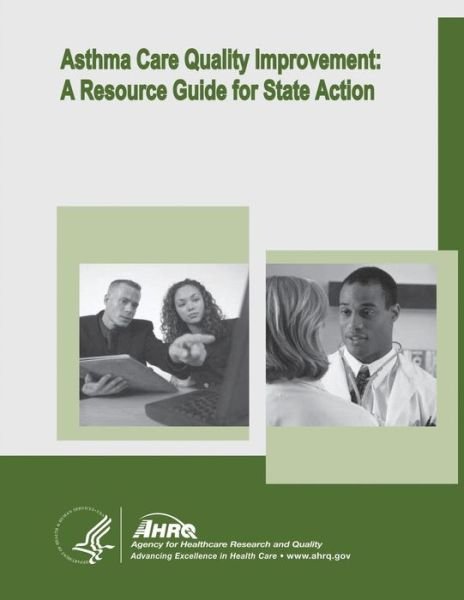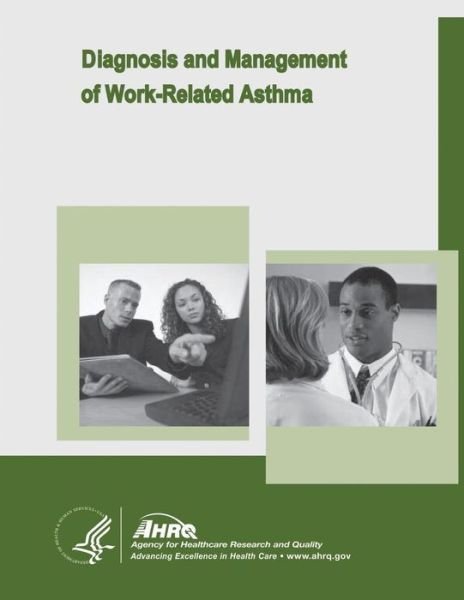
Freunden von diesem Artikel berichten:
Diagnosis and Management of Work-related Asthma: Evidence Report / Technology Assessment Number 129
U S Department of Healt Human Services
Bestellware
Diagnosis and Management of Work-related Asthma: Evidence Report / Technology Assessment Number 129
U S Department of Healt Human Services
Publisher Marketing: Occupational asthma (OA) is a heterogeneous clinical syndrome characterized by work-related symptoms, airway inflammation (partially or completely reversible), bronchoconstriction, and hyper-responsiveness induced by workplace exposures (asthmagens). In contrast to non-occupational asthma, the differentiating feature of occupational asthma is the causal asthmagen is a substance in the occupational environment. The symptoms of OA are similar to non-occupational asthma and include wheezing, cough, dyspnea, and impaired quality of work and non-work life. More than 250 asthmagens have been implicated and identified as causative agents in the development of OA (e.g., di-isocyanates, western red cedar, enzymes, snow crab, latex, flour, and laboratory animals). However, there are likely a variety of workplace asthmagens that have yet to be identified. An attempt has been made to classify the majority of the known asthmagens into categories based on their molecular weight: high molecular weight versus low molecular weight compounds, as this is probably important in their mechanism of action. Due to the nature and complexity of workplace exposures, this is not always possible. OA can be broadly classified into two categories: OA with latency and OA without latency. Latency periods are observed in all instances of immunologically mediated asthma, even though the immunological mechanism may not yet have been clearly identified. The latency period, which represents the time between the first exposure and onset of first symptoms, can range from weeks to years. OA can also exist without a latency period and can occur after a single large exposure to irritant gases, fumes, or chemicals, such as nitrogen oxide, ammonia, and chlorine. This type of exposure results in reactive airways dysfunction syndrome, or RADS. Occupational asthma has also been reported to occur in few instances from repeated exposures to lower doses of 'irritant' or non-sensitizing agents. After exposure to an irritant, the asthmatic reaction occurs within a short time. Since there is no sensitization, the battery of diagnostic tests for RADS does not include specific immunological tests, and specific inhalation challenge (SIC) is not used. OA without latency is less common; it is believed to represent between 5 and 15 percent of all OA cases. OA is a common respiratory disease that is difficult to diagnose and treat. Several societies have created clinical practice guidelines for OA. However, many do not address or there is not consensus on the key components identified for this review. In summary; the guidelines do not agree upon the role of SIC testing for diagnosing OA; when removal from work is mentioned, it appears to be the recommended treatment. The following four questions are addressed: 1. What is the best diagnostic approach for a patient with suspected occupational asthma? What are the advantages of SIC testing versus peak flow monitoring, serial methacholine challenges, immunological testing, or spirometry in making the diagnosis of occupational asthma? 2. In what situations would specific inhalation challenge testing provide additional useful diagnostic information? 3. Which treatment is most effective for asthma that is occupationally caused, such as removal from work environment versus reduced exposure through modification and treatment with optimal asthma anti-inflammatory medications (e.g., inhaled steroids)? 4. Must patients with asthma that is occupationally caused or aggravated be removed from the workplace environment to control symptoms and/or disease progression?
| Medien | Bücher Taschenbuch (Buch mit Softcover und geklebtem Rücken) |
| Erscheinungsdatum | 30. Mai 2014 |
| ISBN13 | 9781499726398 |
| Verlag | Createspace |
| Seitenanzahl | 286 |
| Maße | 216 × 279 × 15 mm · 666 g |
Weitere Titel von U S Department of Healt Human Services
Alle Titel von U S Department of Healt Human Services ansehen ( u. a. Taschenbuch )



